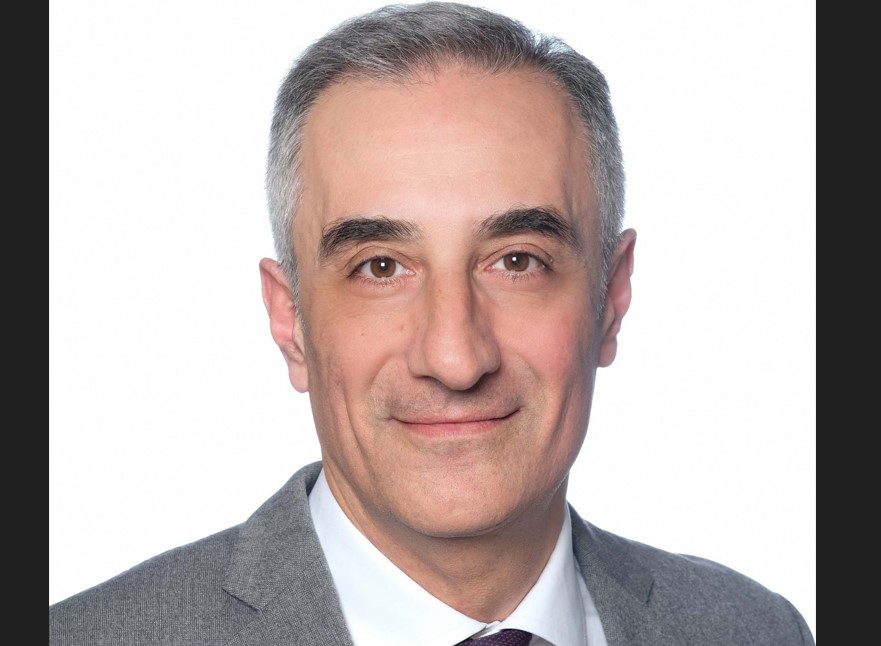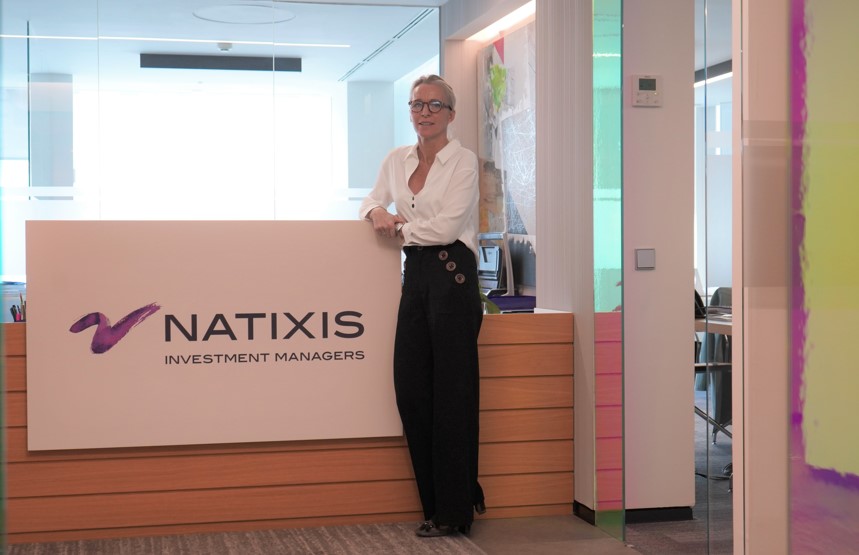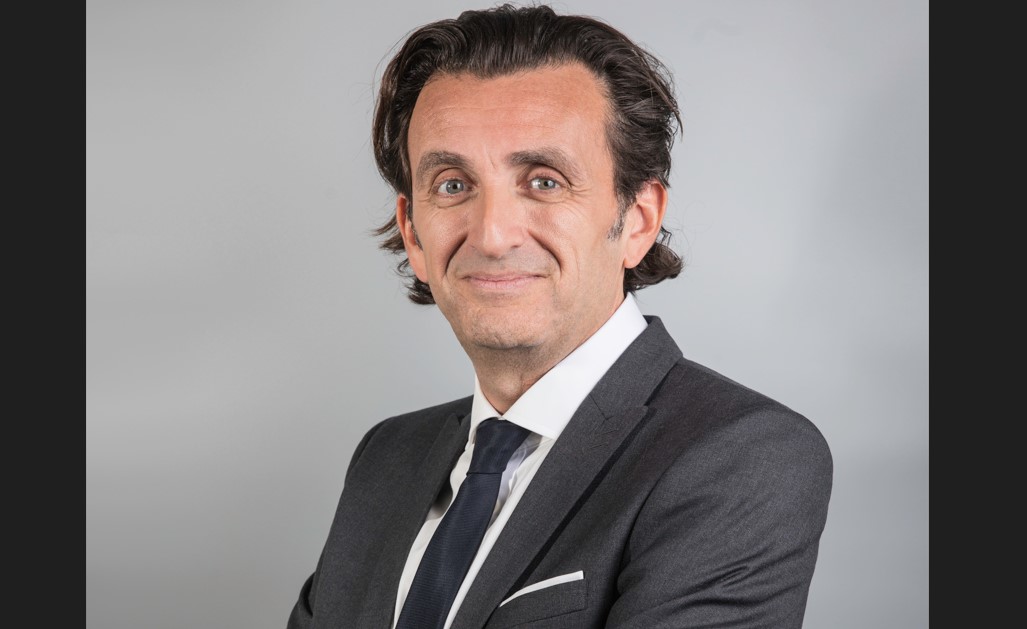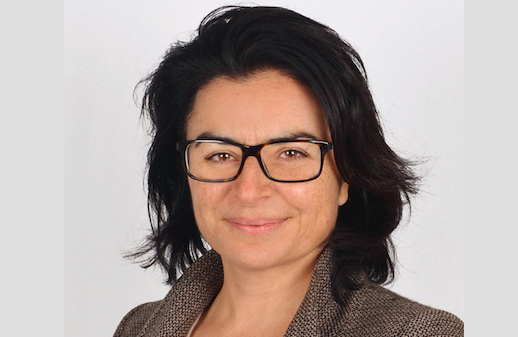Thematics AM, an affiliate of Natixis IM, is celebrating its fifth anniversary. The asset manager, specialized in thematic investing, has focused on developing a range of global, actively managed, high-conviction thematic equity strategies. Currently, they manage €4 billion in assets and have grown from a founding team of six people to 24. We discussed the firm’s future plans and their perspectives on thematic investing in this interview with Karen Kharmandarian, the firm’s CIO and co-manager of the AI & Robotics strategy.
What is your assessment of the firm’s first five years?
Overall, very positive. Firstly, the company has grown in terms of products. We started with the Water, Safety, Artificial Intelligence & Robotics strategies, and our Meta fund, a multi-thematic product. Over time, we have added new products: Subscription Economy, Europe Selection, which is a multi-thematic strategy focused on European companies, and Climate Selection, also a multi-thematic fund, but focused on companies that comply with the Paris Agreement in terms of temperature trajectory. So, five years later, we have eight products. The first four we launched have reached between €400 million and €700 million, while the most recent ones are smaller, such as the Subscription Economy strategy, which is around €85 million. Looking ahead, our intention is for these funds to continue growing until they reach a critical size. This means we need to build trust in all of them.
What is your outlook for the next five years?
Assuming we continue generating good returns and trust, we want to keep identifying attractive investment themes while maintaining our DNA. That is, not just ‘trendy’ themes, but products that truly make sense from an investment perspective for clients, and that, in terms of investment, we have an investable universe that makes sense, allowing us to be exposed to different drivers, with diverse growth engines, offering regional and sector diversification, and where we can move with agility and flexibility to manage with a long-term vision. Our vision is to build thematic strategies where we can offer what we call ‘thematic alpha,’ where our active management adds value compared to the general market performance.
Are you considering taking this same vision and thematic strategies to the private market?
Not at the moment, although it is something we consider in the medium to long term. It would give us the opportunity to leverage our experience and identify companies that are growing rapidly in the unlisted space early on. It would require a different skill set and fully dedicated teams because you can’t cover the same number of companies as in the listed space. For now, we still see some opportunities in the listed space, especially in the middle ground between these two worlds, between the unlisted space and what we do on the listed side. Maybe in these earlier-stage companies, recently IPO or post-IPO, where we have some emerging trends appearing, but we don’t have an investable universe with too many companies. We could perhaps combine different emerging trends into a single strategy with highly promising, high-growth companies, dynamically managing these different themes within the same vehicle.
As active managers, do you find the active ETFs business attractive? Many asset managers indicate that it is a way to implement an active strategy in a more efficient vehicle. Is this something you consider for your business?
The ETF business is something we didn’t consider in the past because they were mainly passive and index strategies. But today, with these active ETF vehicles, you can do practically the same as we do in our UCITS funds, just using a different wrapper for the product. Having said that, we are quite indifferent to the vehicle itself; we can use a UCITS as we could an ETF. What matters to us is that the vehicle allows us to do exactly what we do in terms of how we manage the strategies: active management, conviction-based, fundamental stock selection, and truly having this long-term vision. As long as we can do that, if the client wants an ETF instead of a UCITS fund, we’ll do it. What matters to us is not altering our philosophy, our investment process, and the investment approach we apply to a specific theme. This offers us another potential growth opportunity and opens up a new set of clients who might not have been considering UCITS products. Perhaps this is also a sign of the times.
We have seen some investor disenchantment with thematic investing; why has it lost popularity?
We have seen tremendous growth in thematic strategies over the last, say, 10 years. The level of commercial traction and interest from all types of investors, from retail to institutional, has grown dramatically over the last 10 years. This is also a recognition of the current market reality, where sector classification or regional allocation makes less and less sense. With the success of thematic investing, new fund managers and asset managers also considered thematic strategies as a commercial hook for their products. A context was created where global equity products had become thematic strategies, but without really adopting the DNA of what a thematic strategy is and without generating very attractive returns. This disappointed the market.
In this regard, what is your approach?
For us, thematic investment strategies need to be based on long-term trends. We need to ensure that we have powerful trends that support superior growth for many years and that have enough depth and breadth of investable universe. Some of the requirements we have for our thematic strategies are: it must be enduring, it must have a significant impact, it must have a broad scope, and it must be responsible. These four criteria are really key to considering whether we see the theme as viable or not.
From the perspective of clients and investors, how do they use these strategies in their portfolios?
It depends a lot. There are common characteristics among all investors, and then there are specific objectives or requirements of some clients. Initially, we saw that thematic strategies started with retail clients, as a response to a matter of convictions and also because they are easy-to-understand products. Now we have detected that it has spread to private bankers, family offices, and institutional investors. This profile considers thematic strategies as a ‘satellite’ within their core investment portfolio and also as a bet on a specific theme to drive and diversify their performance. Progressively, we have also seen that clients are becoming more sophisticated and have moved towards thematic strategies as part of their overall allocation.
Which themes are investors most interested in now?
I would say, without a doubt, that AI and robotics are very much on the clients’ radar today because they see how their daily lives are being radically changed by AI, generative AI, OpenAI, etc., and how this can bring significant changes in the way they interact with technology. Water is also becoming a relevant theme again. Although it seems like a mature theme that has been around for many years, we see that people realize that with climate change, it is gaining new momentum. And I would also mention safety, which is regaining relevance in a context of geopolitical tensions and wars.




